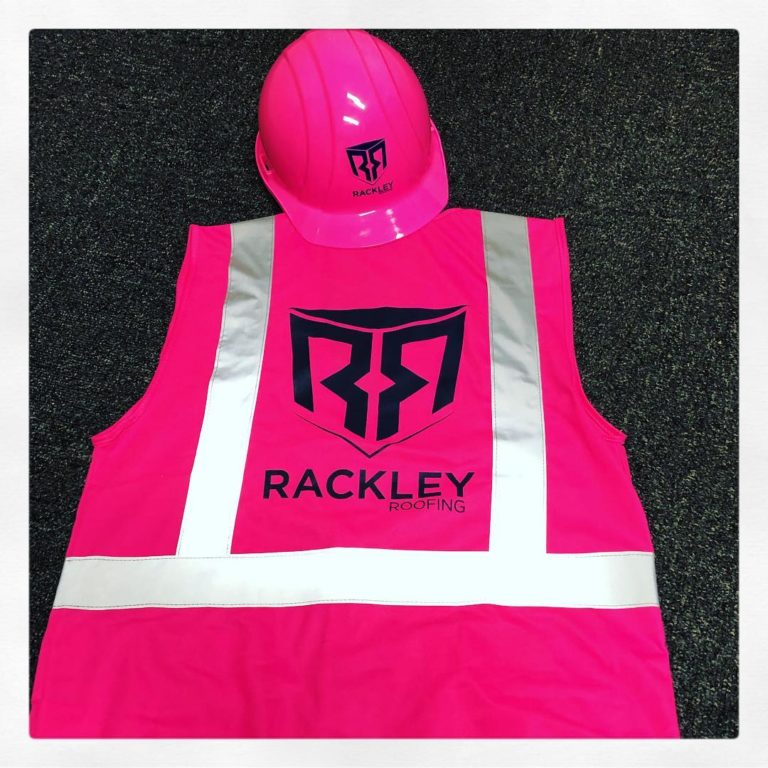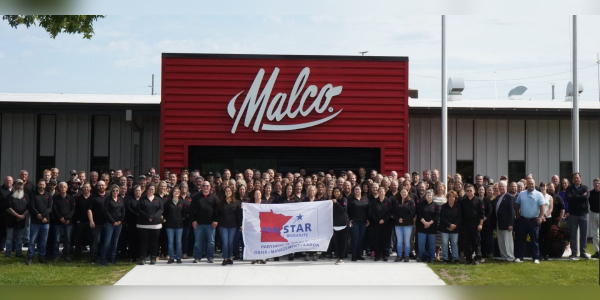Five Key Tips for Effective Hazard Communication (HazCom)

OSHA requires that the identities and hazards of chemicals be available to workers in the workplace.
In fact, HazCom was the second-most commonly cited standard by OSHA in 2019. The following tips will help roofers comply with OSHA’s regulations and keep employees informed:
-
Written HazCom programs are required by law. Each “employer” – defined as businesses engaged in the use, distribution, or production of chemicals – must develop, implement, and maintain a written HazCom program. The program should be maintained at each worksite and available to employees, even if it is a remote or temporary worksite. Requirements for the program’s content are set by regulation.
-
HazCom involves a multifaceted approach. Chemical manufacturers, importers, and distributors of hazardous chemicals are all required to provide the appropriate labels and material safety data sheets to the employers to whom they ship the chemicals. Employers must ensure the information is provided to exposed employees. This is accomplished by: (1) written hazard communication programs; (2), labels and other forms of warning; (3), material safety data sheets, and (4) employee information and training.
-
Successful HazCom requires successful delegation of duties. Hazard communication is a continuing effort. To be successful, employers must assign responsibility for the program’s activities. While onboarding training may be handled by core staff, Site Supervisors are frequently responsible for continuing on-the-job training sessions. To increase commitment, affected employees should also be involved in the formulation and implementation of the plan.
-
Start planning with an audit of hazardous substances. OSHA requires a list of present hazardous chemicals as part of the program. Preparing the list will give employers an idea of the required scope of the program. To prepare a list, survey the workplace and purchase records. Use a broad scope – "chemicals" are not only liquids in containers. The standard covers chemicals in all physical forms, whether they are "contained" or not. The hazardous nature of the chemical and the potential for exposure are the factors that determine whether a chemical is covered.
-
Do not neglect training and education. Each employee who may be "exposed" to hazardous chemicals must be trained prior to initial assignment, and whenever the hazard changes. Workers obtain information regarding hazards and protective measures through written labels and MSDS. However, effective training allows workers to learn to read and understand such information, determine how to acquire and use it, as well as how to understand the risks of exposure and ways they can protect themselves. Trainers must be competent themselves and prepared to motivate workers to learn.
Authors Note: The information contained in this article is for general educational information only. This information does not constitute legal advice, nor should it be relied upon as legal advice for your specific factual pattern or situation.
About Travis S. McConnell
Travis is a Jacksonville, FL construction law attorney with Cotney Construction Law, LLP. McConnell’s practice focuses on all aspects of construction law. He works extensively on matters relating to OSHA defense, which includes the management and development of safety and health strategies for construction contractors across the United States. McConnell’s OSHA practice concentrates on litigation and the appeals of citations involving catastrophic construction-related accidents. For more information, contact: Travis McConnell, tmcconnell@CotneyCL.com.






















Comments
Leave a Reply
Have an account? Login to leave a comment!
Sign In